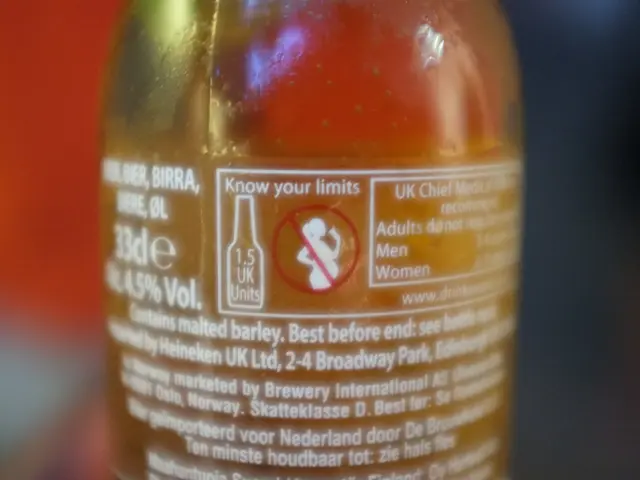Rapid, severe rosacea outbreak: Causes, signs, and remedies
Rosacea Fulminans: A Severe and Rare Skin Condition
Rosacea fulminans is an uncommon and severe form of inflammatory skin disease primarily affecting the central part of the face, including the chin, cheeks, and nose. Characterized by a sudden onset of intense redness and acne-like lesions, it commonly manifests as flushed, swollen, and painful nodules and pimples that can merge, differing significantly from typical rosacea or acne symptoms.
First identified as pyoderma faciale, rosacea fulminans predominantly affects females of childbearing age, although the exact cause remains elusive. One 2020 review suggests possible links with other conditions, such as inflammatory bowel disease and pregnancy, as well as an increased likelihood in individuals with previous rosacea.
Potential triggers for rosacea fulminans may include emotional stress, hormonal fluctuations, certain medications, and specific dietary factors. According to a 2021 literature review, some dietary triggers associated with rosacea symptoms include spicy foods, alcohol, foods containing cinnamaldehyde, histamine-rich foods and beverages, hot drinks, and high doses of Vitamin B12 and B6. However, identifying dietary triggers varies significantly from person to person.
Treatment options for rosacea fulminans may involve oral isotretinoin, a prescription-only acne medication, along with oral or topical corticosteroids. Antibiotics combined with corticosteroids and lifestyle changes, such as stress reduction and identifying and avoiding triggers, may also help resolve symptoms.
Individuals experiencing symptoms beyond typical rosacea or acne, such as large, tender nodules, abscesses, significant facial discomfort, a sudden onset of symptoms, persistent or worsening symptoms, eye irritation or inflammation, or systemic symptoms like fever, should seek medical attention promptly to receive an accurate diagnosis and begin treatment. Early intervention can help manage symptoms, reduce the risk of complications, and potentially improve overall quality of life.
Contacting a dermatologist or another healthcare professional ensures personalized care and comprehensive strategies specific to individual needs and circumstances. By understanding potential triggers and dietary factors, individuals can better manage their rosacea fulminans symptoms, leading to improved health and well-being.
- In certain cases, rosacea fulminans can be linked to other medical conditions such as inflammatory bowel disease and pregnancy, as suggested by a 2020 review.
- The proper identification and avoidance of triggers, such as emotional stress, hormonal fluctuations, and specific foods, can aid in managing rosacea fulminans symptoms.
- Rosacea fulminans is a severe skin condition that, when left untreated, can lead to chronic diseases and negatively impact one's health and wellness.
- The skin-care routine for managing rosacea fulminans may consist of prescription medications like isotretinoin and corticosteroids, in addition to lifestyle changes and dietary modifications to avoid known triggers.








